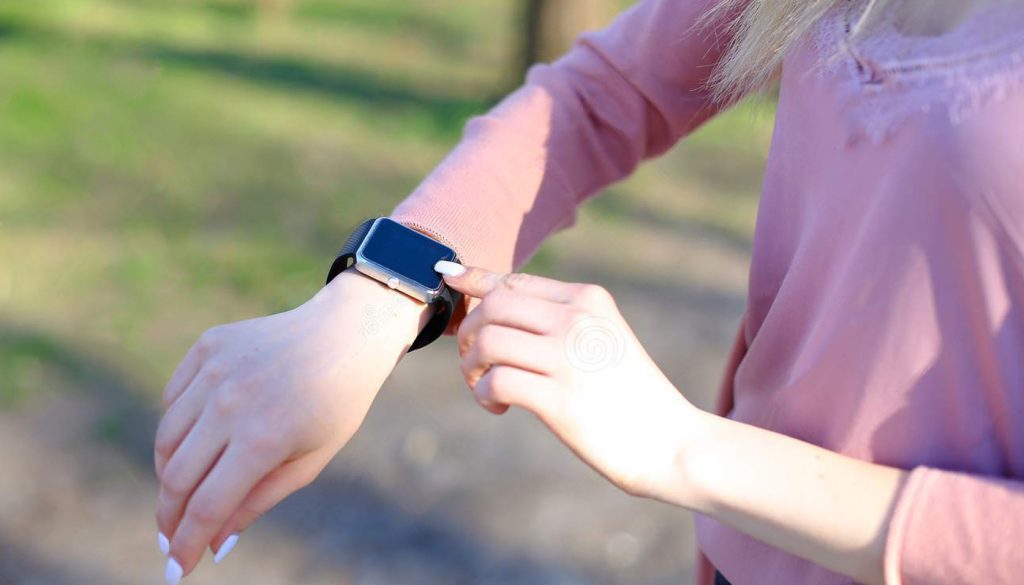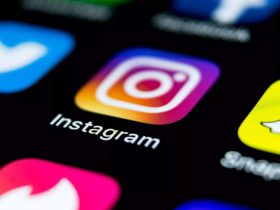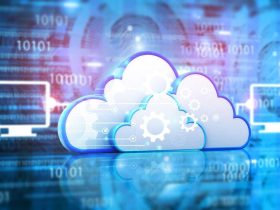This article aims to explore and provide education on the potential benefits and drawbacks of current, emerging, and future technologies that may improve the quality of life for people with disabilities.
One type of technology beneficial for people with disabilities is fall detection devices which can monitor an individual’s physical activity levels using a sensor. These devices have been proven in multiple studies to be able to detect when an individual has fallen. This information is relayed in real-time with alerts sent as soon as the sensors detect a possible fall event. The alerts can also include information like the severity of the fall or whether or not help is needed. The alerts can also include notifications on other events, such as leaving the house or if the individual has fallen more than once during a period.
Using technology for SofiHub fall detection devices can benefit people with disabilities who may not have access to regular health care and cannot stay in their homes due to causes such as psychosocial barriers. One barrier that many people with disabilities face is transportation to a health facility. Should they require assistance and cannot find a way to get help, they may risk falls that could result in loss of functionality. Fall detection monitors can detect when an individual is at risk due to a fall event and provide them with assistance to prevent a severe injury.

The use of fall detection devices also has the potential to reduce the number of hospital visits and nursing home admissions for adults who suffer from disabilities. These events have been shown to relate directly to higher care costs, including additional transportation and hospital stays. Using these devices may allow people with disabilities to remain in their homes longer and reduce costs that insurance or Medicare/Medicaid programs could offset.
One drawback or concern about these devices is that they do not detect all falls, especially those caused by somatic symptoms like vertigo or seizures. These symptoms are generally not obvious and can sometimes be mistaken for dizziness or a lack of awareness. Other falls that may not be detected include falls from standing or jumping from various heights and people with Parkinson’s disease, who may experience falls as part of their disease symptoms.
The use of fall detection devices by older adults and those with ambulatory impairments is also an area of concern. Studies have shown that using these devices by people over 65 has been predictive of incident falls. Still, there needs to be more information regarding how effectively the devices detect among older adults.
In conclusion, the use of fall detection devices as a preventative measure for people with disabilities has many medical benefits but also has drawbacks. As research continues on the efficacy of these devices and the development of more technologically advanced monitoring systems for people with disabilities, the technology behind the methods will be made better to provide more accurate and timely information in real time. This can translate into a better quality of life for people with disabilities and lower healthcare costs.





